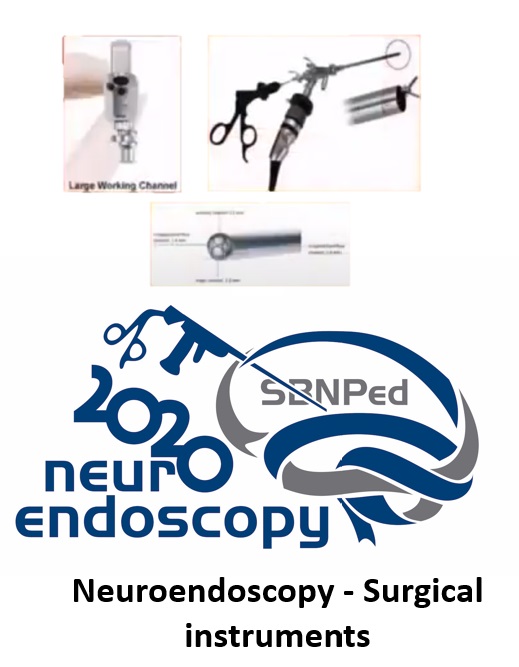Neuroendoscopy - Surgical instruments
DOI:
https://doi.org/10.46900/apn.v3i1(January-April).73Keywords:
Neuroendoscopy, Surgical instruments, TechnologyAbstract
Objective: A thorough knowledge of the endoscope and associated hardware is essential to adequately apply neuroendoscopic techniques in the treatment of cerebral and spinal diseases. The purpose of this presentation is to discuss general principles regarding neuroendoscopy instruments and provide some useful tips for those initiating and/or delving deeper in the field.
Methods: The development, evolution and correct use of endoscopic instruments are reviewed, as per the author’s own wide experience and medical literature data.
Results/Discussion: Both basic endoscopic surgical tools – lens systems, light sources, coagulation and recording devices, adapted scissors and forceps, etc. – along with advanced tools – holders, laser diodes, aspiration devices, arthropumps, etc. – were shown. Differences between rigid and flexible endoscopes were discussed, as well as specific features of the various current commercially available endoscopes (StorzÔ and BBraunÔ). Lastly, surgical aspects regarding positioning and neuroendoscopic approaches were also summarized.
Conclusion: The field of neuroendoscopy is continually evolving. This basic knowledge of the neuroendoscopic tools is fundamental and must be combined with further technical refinements to achieve the best results in our clinical Pediatric Neurosurgery practice
https://youtu.be/pvxAPjQGC08
Downloads

Downloads
Published
How to Cite
Issue
Section
License
Copyright (c) 2021 Adrian Caceres

This work is licensed under a Creative Commons Attribution 4.0 International License.

When publishing in Archives of Pediatric Neurosurgery journal, authors retain the copyright of their article and agree to license their work using a Creative Commons Attribution 4.0 International Public License (CC BY 4.0), thereby accepting the terms and conditions of this license (https://creativecommons.org/licenses/by/4.0/legalcode).
The CC BY 4.0 license terms applies to both readers and the publisher and allows them to: share (copy and redistribute in any medium or format) and adapt (remix, transform, and build upon) the article for any purpose, even commercially, provided that appropriate credit is given to the authors and the journal in which the article was published.
Authors grant Archives of Pediatric Neurosurgery the right to first publish the article and identify itself as the original publisher. Under the terms of the CC BY 4.0 license, authors allow the journal to distribute the article in third party databases, as long as its original authors and citation details are identified.





























